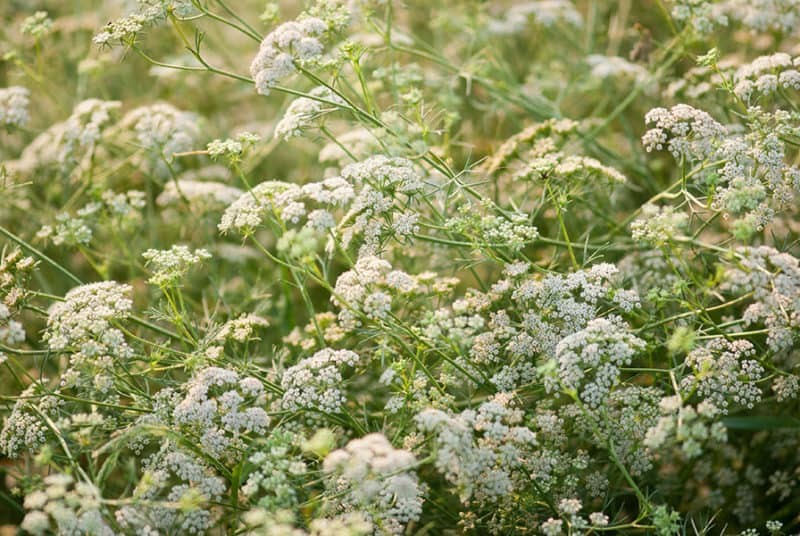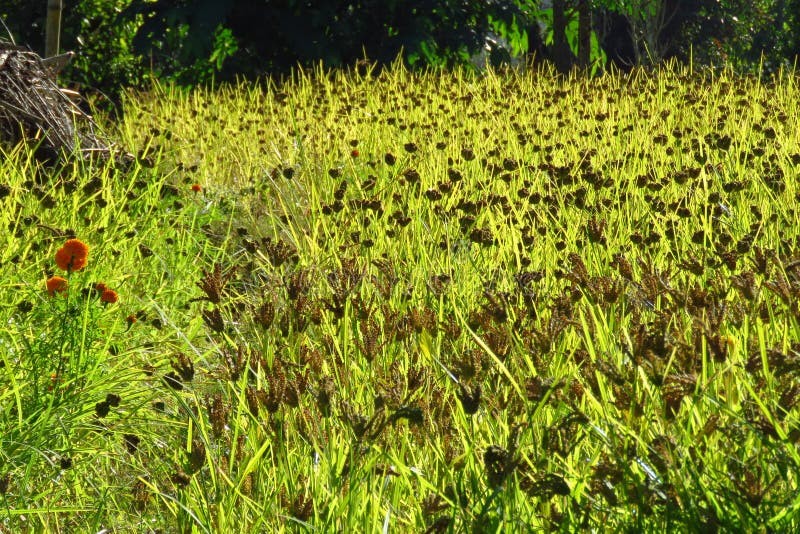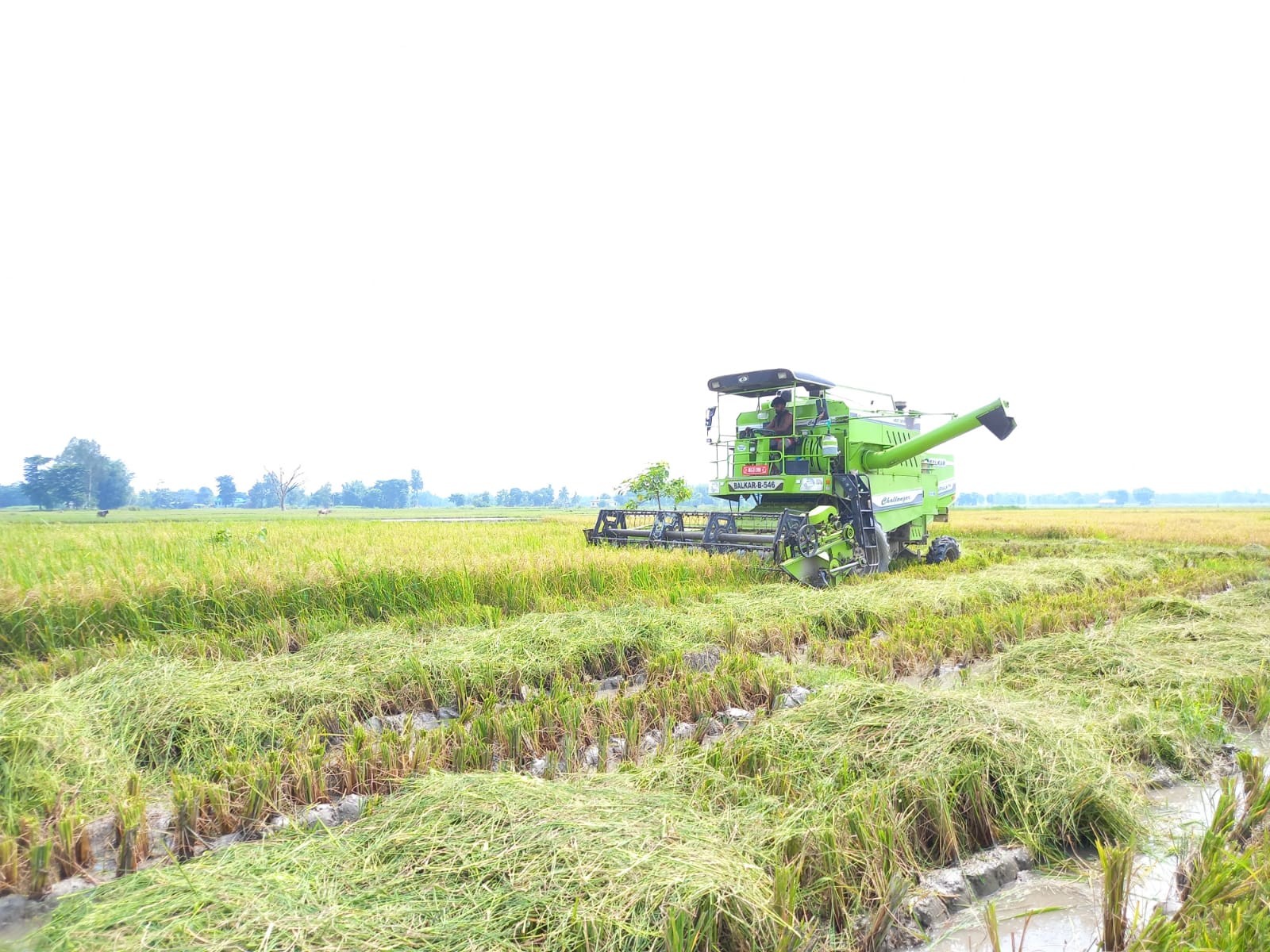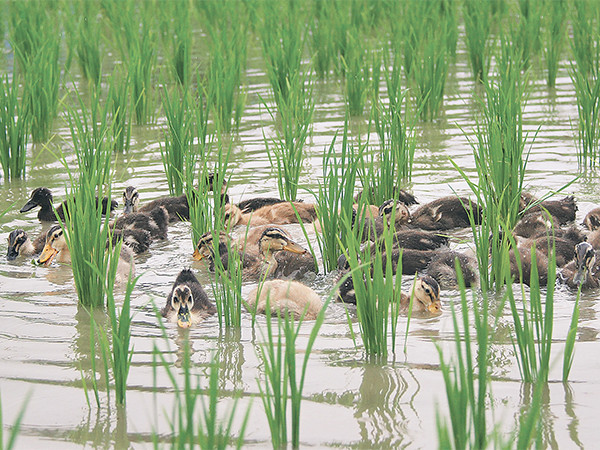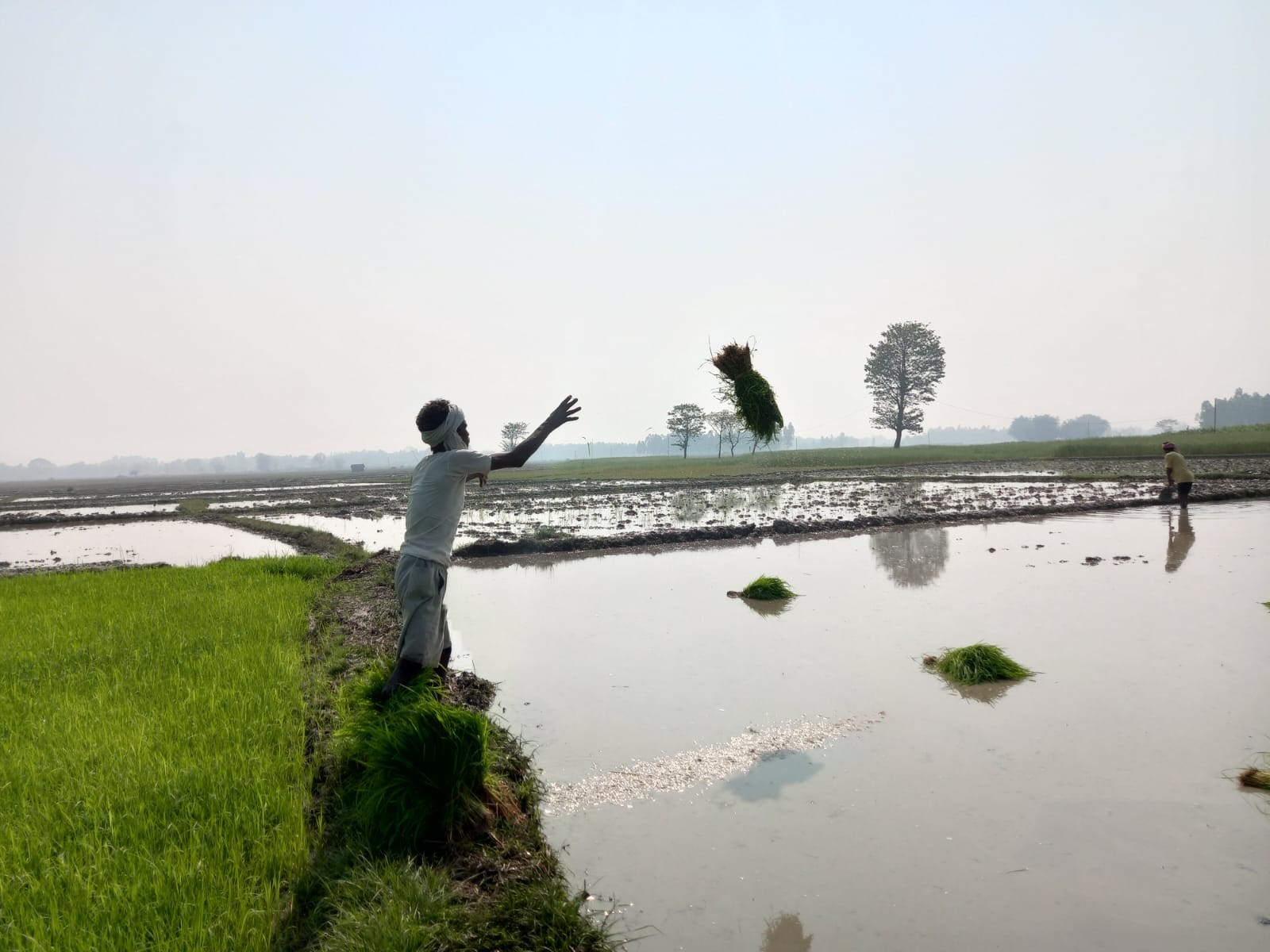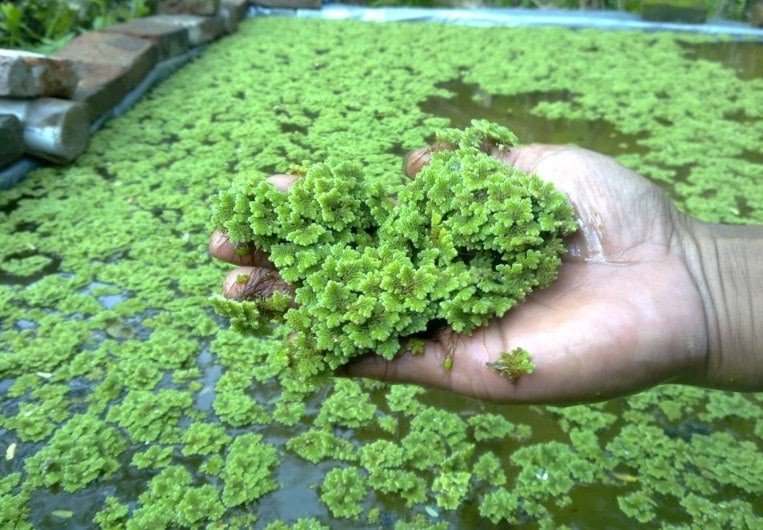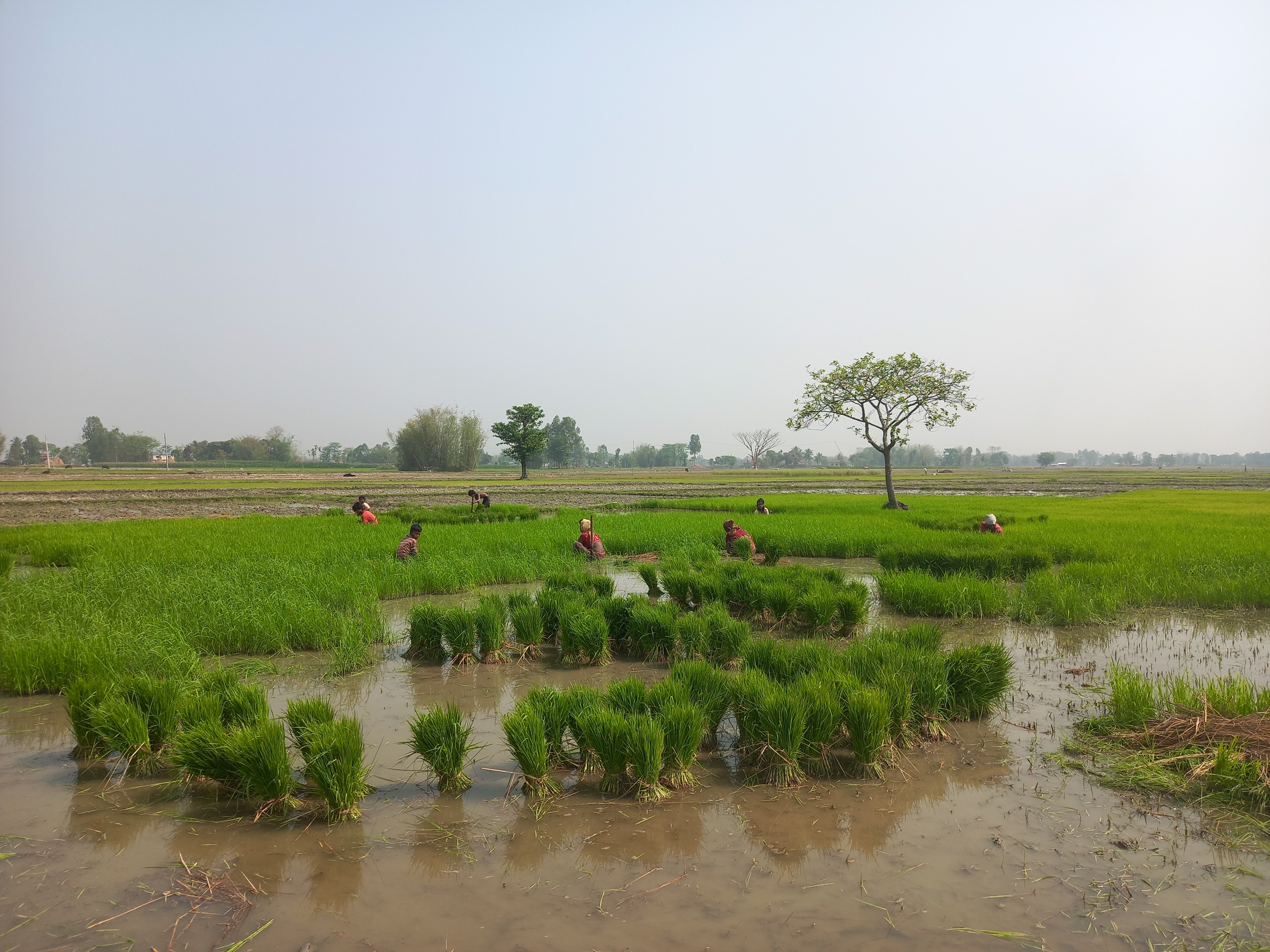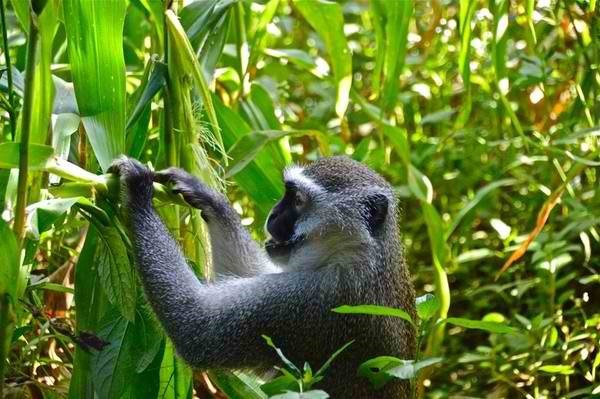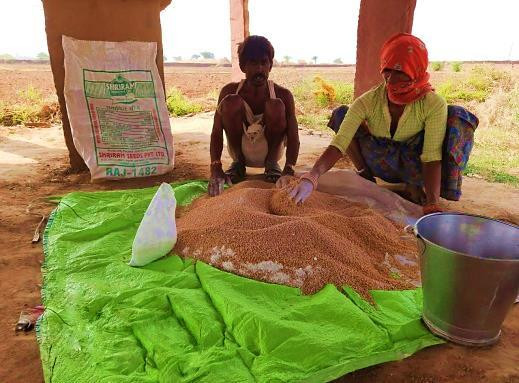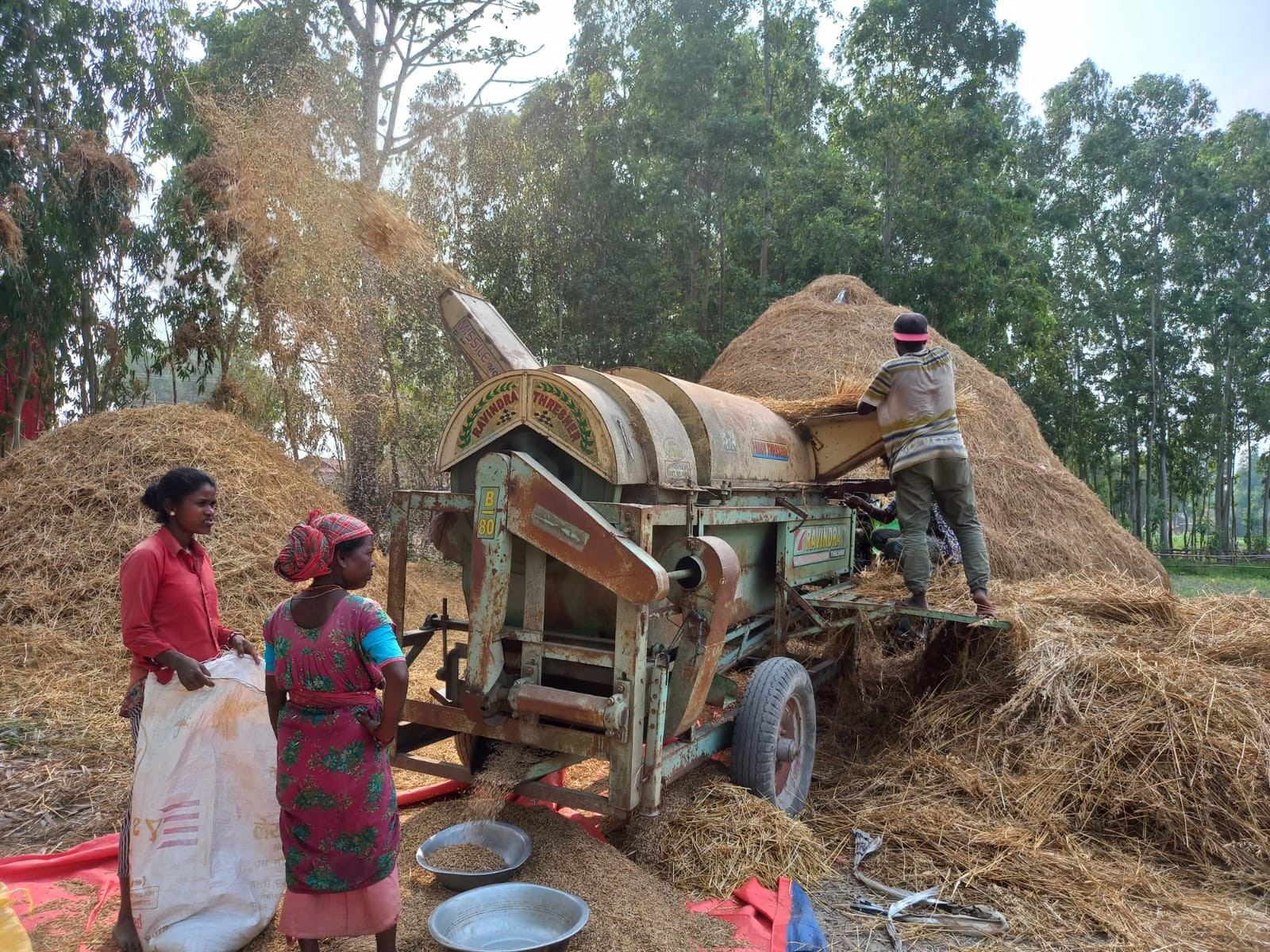- rastriyakhadyabank@gmail.com
- जडीबुटी, काठमाडौँ , नेपाल
Protecting Crops from Monkeys
- राष्ट्रिय खाद्य बैंक लिमिटेड | दिगो कृषि उत्पादन हाम्रो अभियान
- २०८० मङ्सिर २८
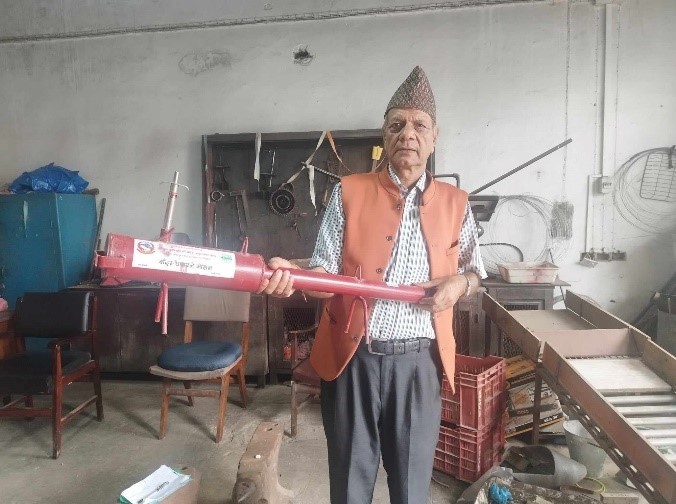
Protecting Crops from Monkeys
Chhabi Lal Paudel
Research, Innovation and Development Section Head
Rastriya Khadya Bank Limited
Wild Life Infestation Scenario
1. Lonely rural areas due to outmigration of youths.
2. Mahabharat, Chure and Midhill have undulating rocky areas providing good habitat for wild animals.
3. The population of tiger, porcupine, blue bull, wild boar and monkey is drastically increasing in Nepal posing serious problems in crops, livestock and even in human life.
4. Loss of life, domestic animals and crops is in increasing trend.
5. Farming and food security is in risk.
6. Dilemma between conservation and rural livelihoods.
Monkey
1. Serious problems in mid hills -380–2350 M. altitude range.
2. Higher or total damage of maize, vegetables and some fruits in infected area.
3. Can attack children and old people in lonely areas. Destroys stored food and plastic utensils.
4. Omnivorous (eat veg+meat) like human beings.
5. More vegetarian but eats insects, frogs, lizards and bird eggs.
6. More sensitive in smelling, cannot resist bad smell.
7. Lives in groups, social animal, learn skills and a lot of diseases can be transmitted to human beings.
8. Vital player of ecosystem and is great contribution in pollination, seed dispersal and biodiversity.
Crop Damage and Other Threats from Monkey
1. National statistics on crop damage is not available.
2. 20 to 100 percent damage of maize crop, damage in wheat, sugarcane, vegetables and in others.
3. More problem in mid hills, Chure and Mahabharat range.
4. Human injury and health hazards.
5. Food, stored grains, utensils and property losses.
5. No alternative crops are explored and recommended.
6. Cultivation abandoned and out migration of farm families in some pockets.
Crop Protection Strategies
1. Use of natural predators of monkey
2. Tradition and indigenous knowledge systems
3. Biological methods
4. Physical methods
5. Chemical methods
6. Integrated and multiple strategies
7. Use of alternative profitable crops which are not liked by monkeys.
Use Of Natural Predators of Monkey
1. Raute, nomadic ethnic minority in mid-western Nepal can control monkey population by hunting like bushmen of South America, Bolevia.
2. Eagles, Owls, large snakes, and jungle y forestCats.
3. Non-Poisonous snakes, Dhaman.
4. Differ according to locations.
5. Habitat nearby forest.
Tradition and Indigenous Methods of Protecting Crops
1. Significant role of coexisting monkeys with human.
2. Traditional trapping techniques passed down through generations.
3. Customary law.
4. Use of local plants with strong scent and taste.
5. Cultural practices.
6. Oral tradition and storytelling, wisdom of living in harmony.
7. Strong sense of community cooperation.
8. Use of Guleli and Matyangra, Local Bawad and Dhanush.
Biological Methods of Controlling Monkeys
1. Fertility control through diets.
2. Translocation.
3. Male castration to control population of monkey.
4. Thorns, spines and prickles bearing plants in the fence.
5. Botanical repellents. Chili powder, tobacco extract, extract of aromatic plants, citrus pills.
6. Dried fish repellent.
7. Use of Kauchho.
8. Guard animals, dogs, birds of prey(falcon).
9. Use of aromatic species in the boundary, planting of trees with spines (spikes and prickly plants).
T10. raining, pruning and cleaning the orchards.
Physical Methods of Controlling Monkeys
1. Noise making devices, monkey scare guns, motion activated alarms, radio, tape recorders.
2. Visual deterrents: scarecrows, snake toys of plastics, tiger toys.
3. Reflective objects: Aluminum foil strips or CD, movement and flashing lights.
4. Fencing, electric fencing by solar panels.
5. Netting.
6. Barriers in open space in houses, animal sheds and thatches.
7. Use hard bins for waste and garbage disposal.
8. Trapping, cageing, water spraying.
9. Burning Banmara nuxious bush to make smoke for repelling monkey.
Chemical Method of Controlling Monkey
1. Involves the use of substances or repellents that produce odors, tastes or sensations that monkey find unpleasant.
2. Repellent: Tri Methyl Amines @ 15 ml/ one spot of 1- 2 Ropani land. Take one empty bottle about 1oo ml and carefully pour 15 ml chemical in it and tight the lid and puncture it and fix this bottle in the middle of the target area in the soil. It will work 10- 14 days.
2. Poison, not good for environment. Take necessary precautions.
Alternative Profitable Crops Not Liked by Monkeys
1. Use of spice crops like ginger, turmeric and garlic.
2. Cultivate medicinal and aromatic plants: Asparagus, Sugandhawal, Sarpagandha, Ashowagandha, Aelo Vera, mint, Tulsi, cammemomile, citronella, lemongrass.
3. Timur, walnut, lime, lemon and pineapple.
4. Vegetables: Bitter gourd, Hot pepper, Colocasia and Banko.
5. Kandamul : Elephant yam, other Yam, Cassava roots, Vyakur, Githa.
Solutions Of the Monkey Problems
1. Apply integrated approach of monkey management.
2. Adopt solutions according to the suitability of the location.
3. Cultivate alternative profitable crops, fruits and vegetables not liked by monkeys.
4. Claim for crops damaged by monkey’s maximum up to ten thousand rupees/season/year by one farm household as compensation.
5. There are complete solutions to solve the problems but farmers must adopt the technologies.
Conclusion
1. Monkeys’ problem can be successfully solved by adopting integrated methods.
2. District Agriculture knowledge centers/ DADOs in coordination with NFGFN should provide training to the affected communities.
3. NARC should immediately start research on botanical/bio repellents, trapping and sound making machine.
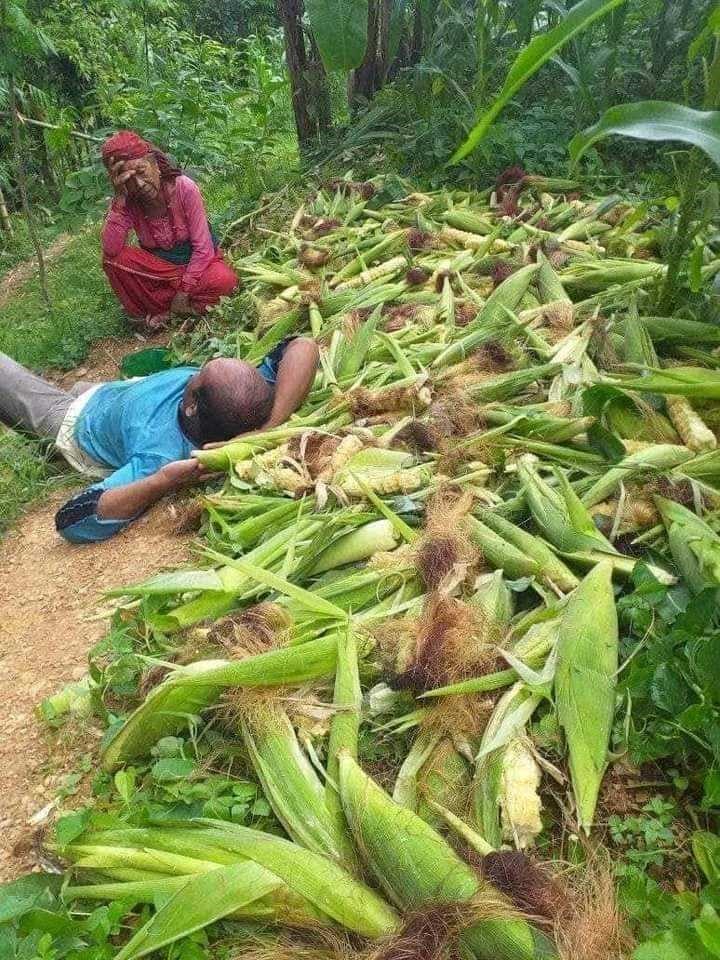
Fig 1: Farmers are very sad due to damage of maize by monkey
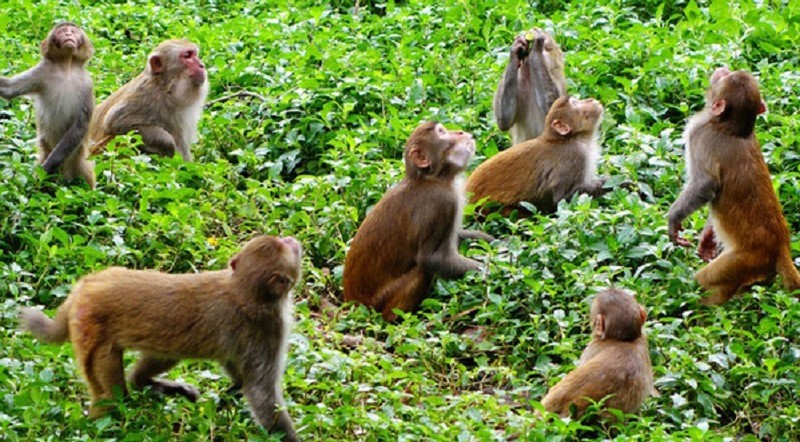
Fig 2: Monkeys live and move in groups
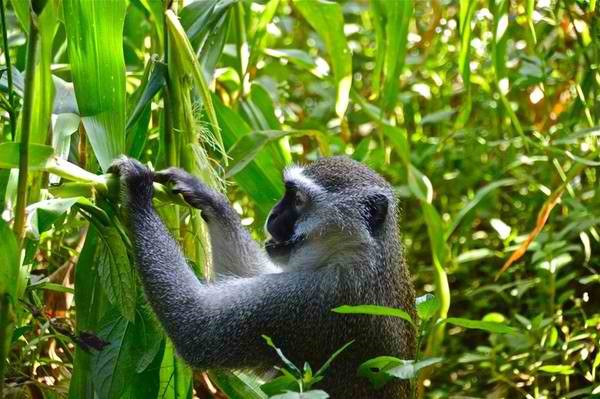
Fig 3: Maize is favorite crop for monkey
_1702539449.jpg)
Fig 4: Timur ( Xanthoxylum armatum )
_1702539478.jpg)
Fig 5: Walnut, Okhar (Juglans ailantifolia)
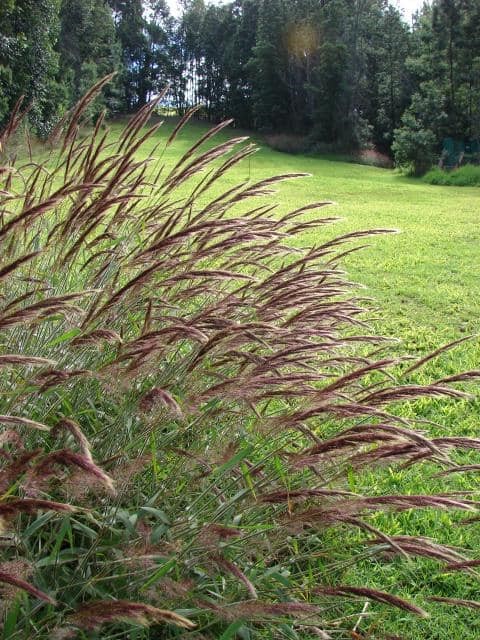
Fig 6: Molasses grass
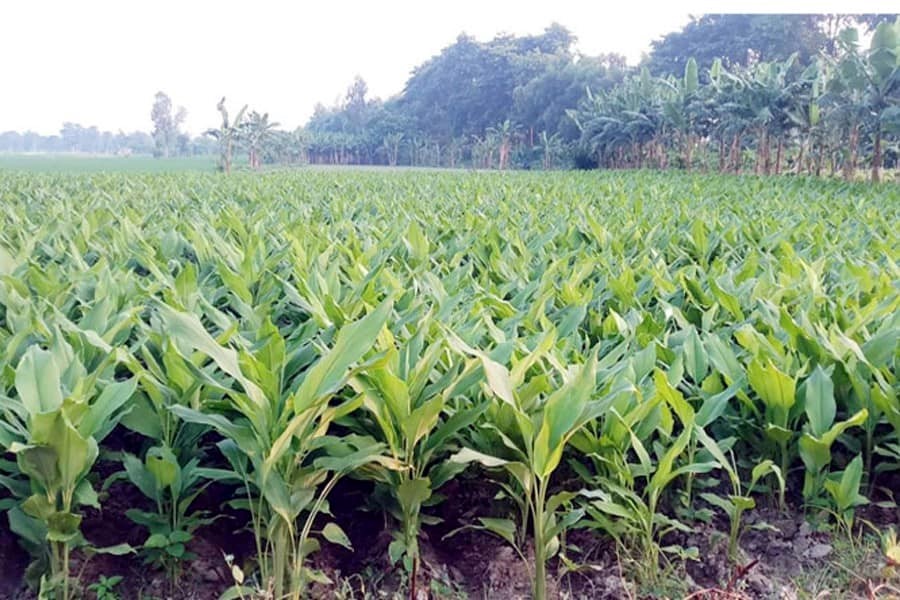
Fig 7: Turmeric cultivation (Curcuma longa)
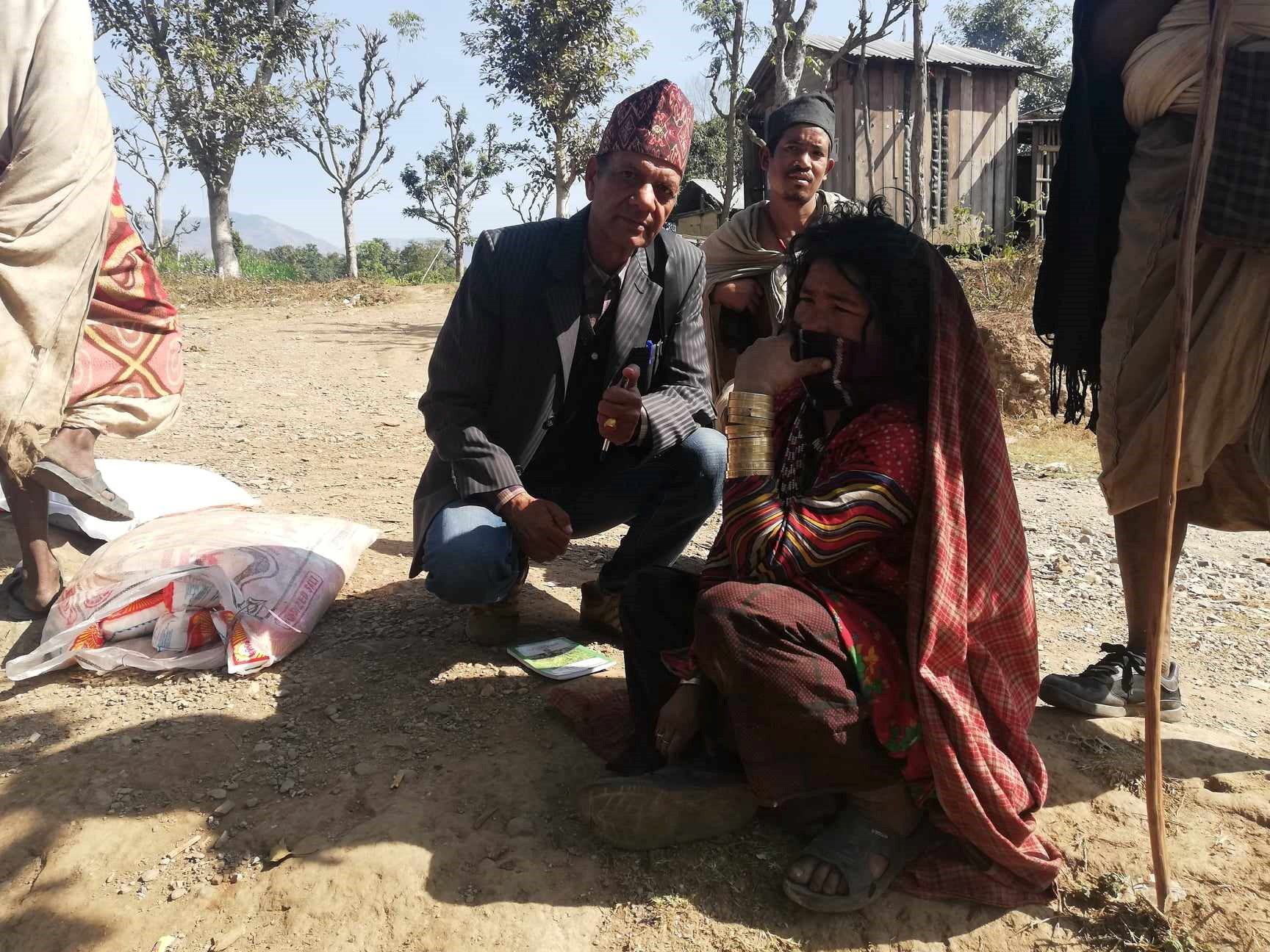
Fig 8: Raute women and older people are sharing knowledge on monkey behavior
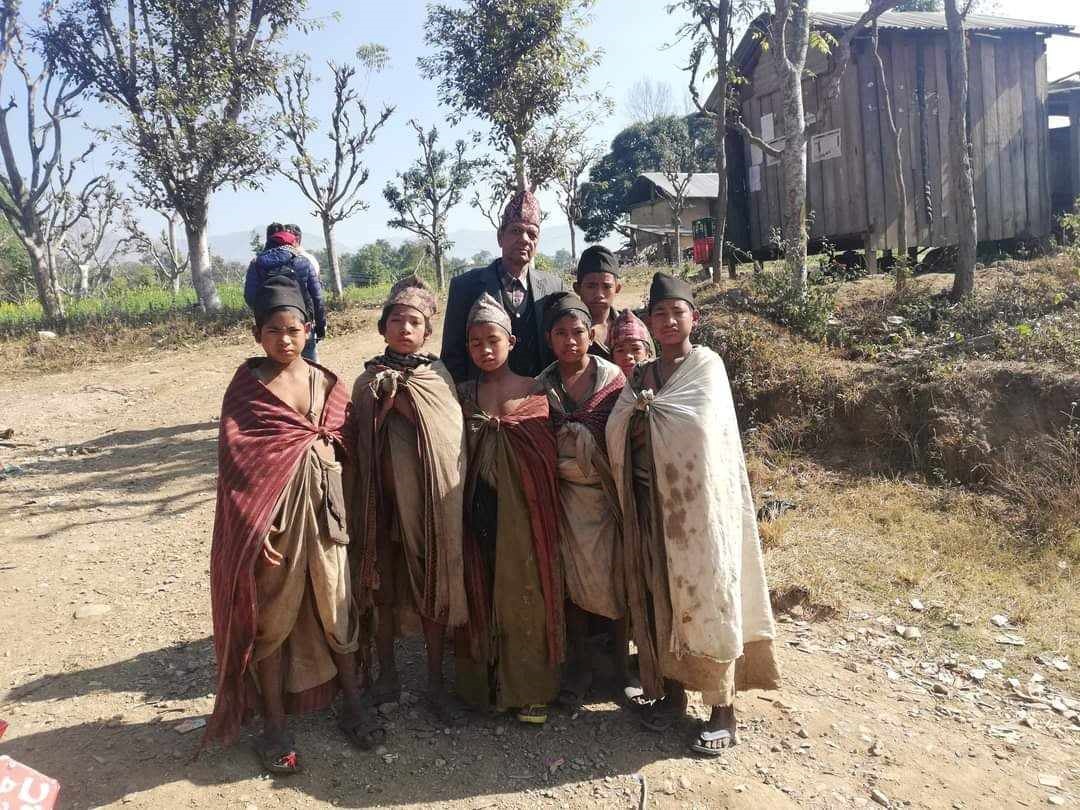
Fig 9: Young generation of Raute are in confusion
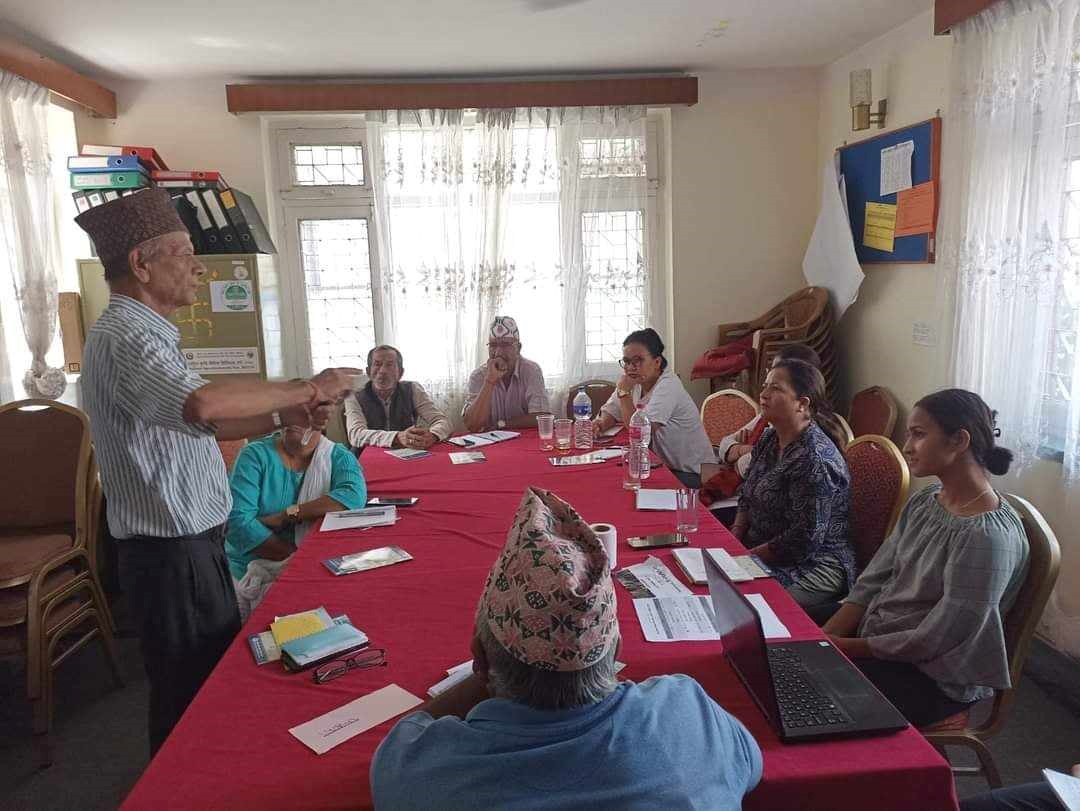
Fig 10: Sharing of information on protecting crops from monkey among NFGFN representatives
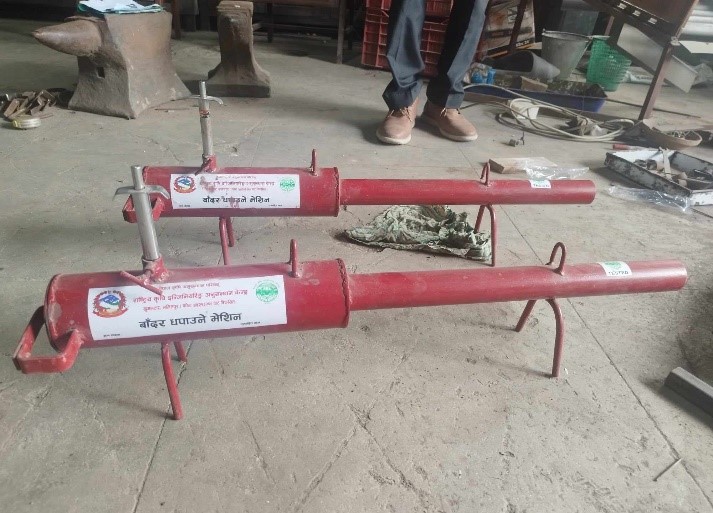
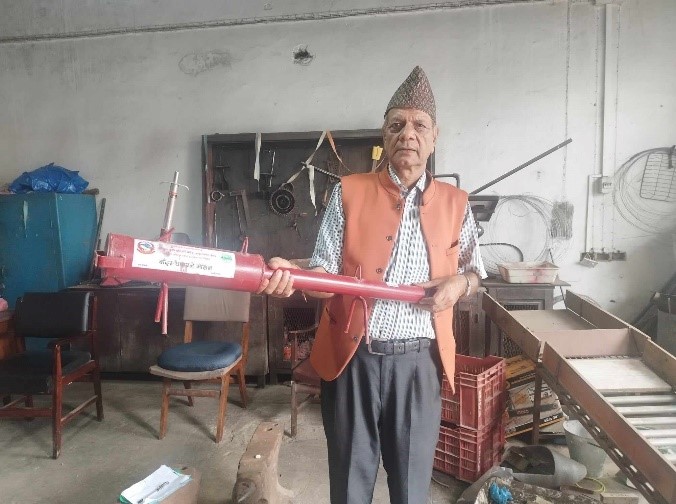
Fig 11: Monkey Expeller Gun
 EN
EN

